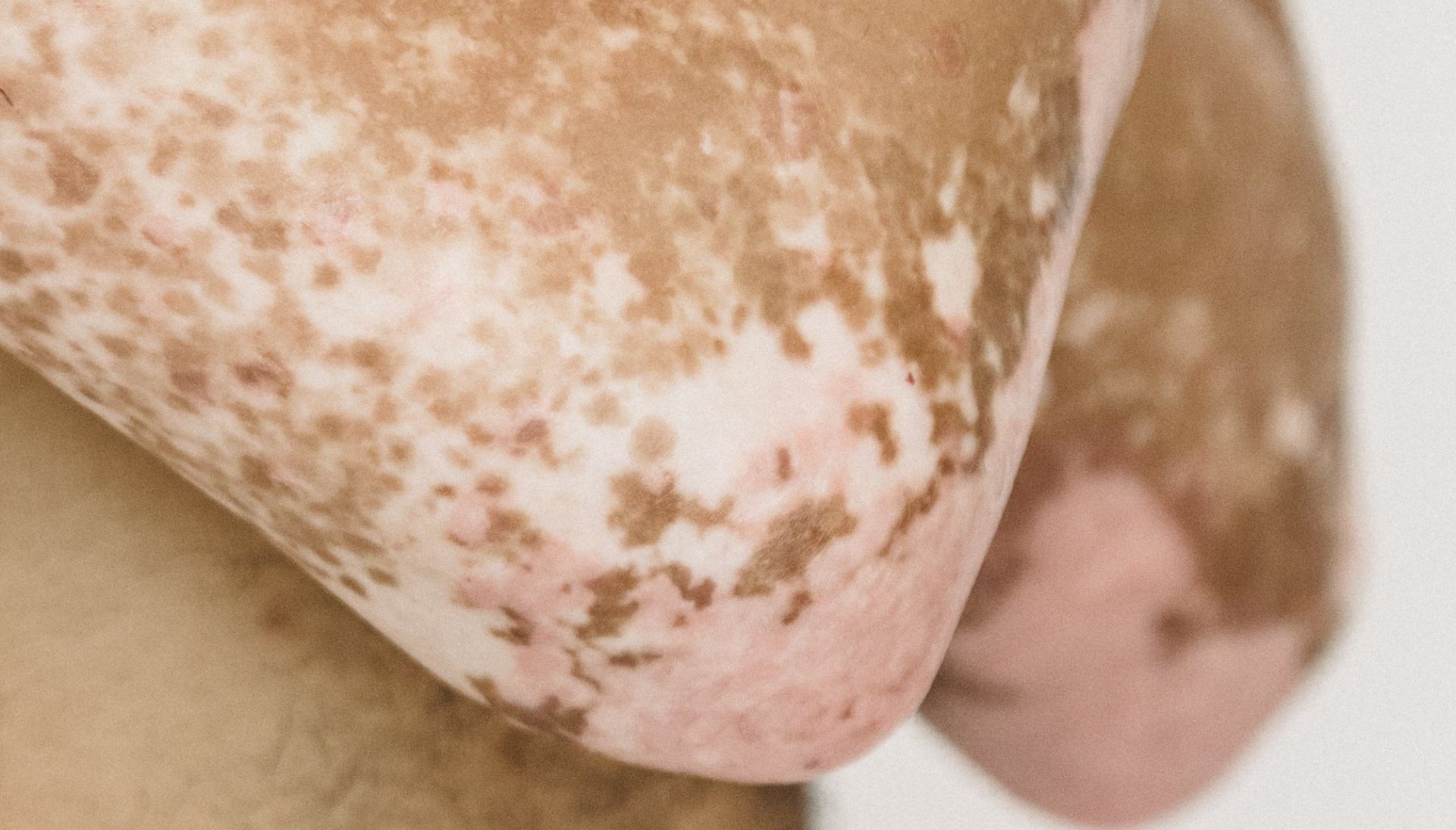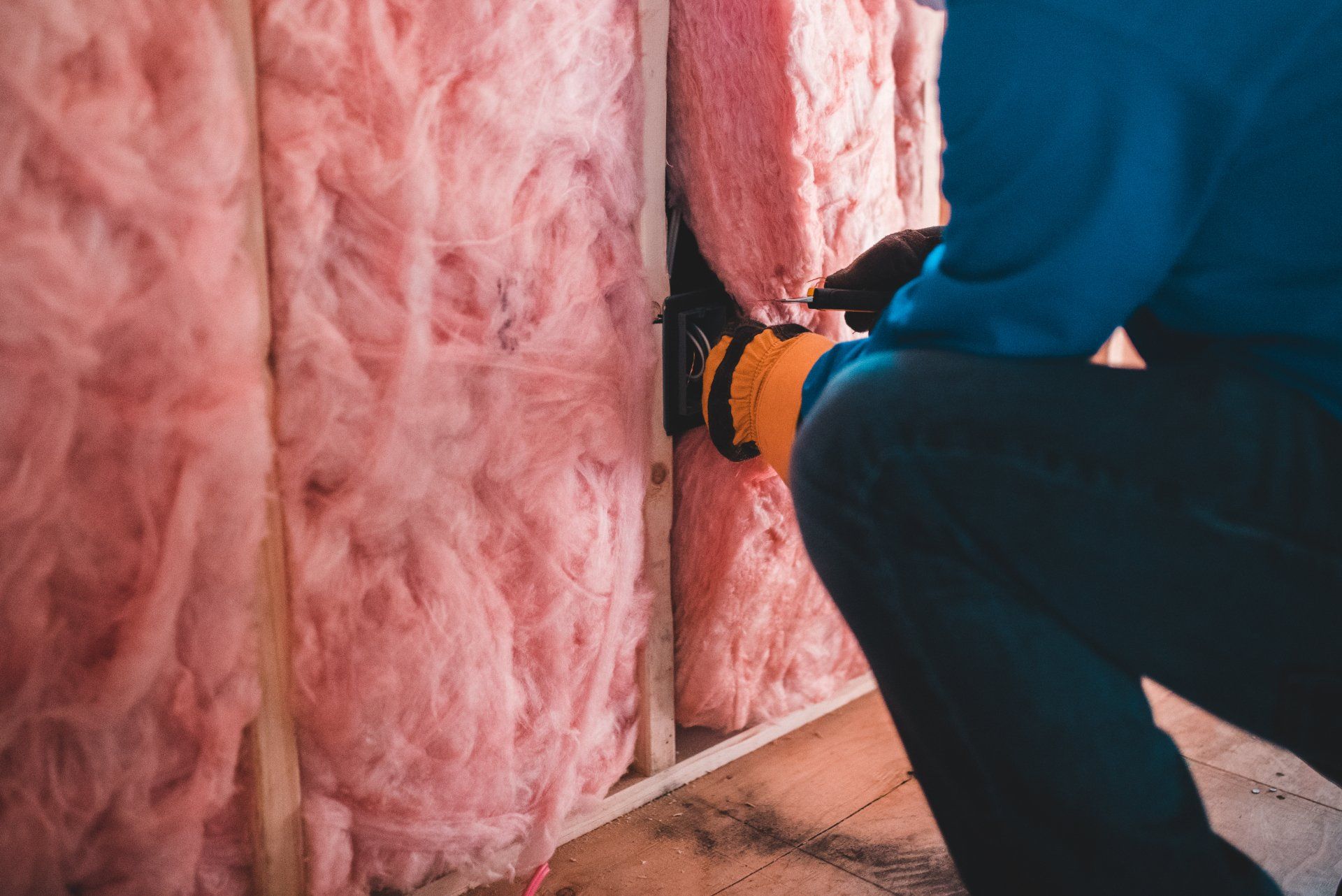Are Insulation Fibers Dangerous?
When it comes to insulating our homes and buildings, the materials we choose are as important as the insulation process itself. Among the various materials used, insulation fibers, particularly fiberglass, are common. However, the question of their safety often arises. Homeowners and building developers in Saskatoon and the surrounding areas, this article is particularly relevant to you.
Understanding Insulation Fibers
Insulation fibers, such as those found in fiberglass insulation, are tiny strands of glass or mineral wool. These fibers are widely used due to their effective thermal insulation properties and cost-effectiveness. They trap pockets of air, slowing the spread of heat, cold, and sound in buildings.
Potential Risks Associated with Insulation Fibers
While insulation fibers like those in fiberglass are effective for thermal insulation, they present certain risks that are important to be aware of. These risks mainly arise from the tiny glass or mineral wool fibers that can become airborne during installation or when disturbed in existing installations. Let’s delve into specific risks and how they can be mitigated.
- Skin Irritation: Insulation fibers can lodge in the skin, causing itching, redness, and irritation. This is particularly a concern during installation or during renovation projects where insulation is exposed or disturbed.
- How to Avoid: Wearing long sleeves, gloves, and other protective clothing can prevent fibers from coming into direct contact with the skin. It's also wise to shower immediately after working with insulation to wash away any fibers that may have landed on the skin.
- Respiratory Issues: Inhaling these tiny fibers can lead to respiratory irritation. Prolonged exposure, especially in confined spaces, increases the risk of developing more serious respiratory issues.
- How to Avoid: Always wear a mask or respirator approved for use with fiberglass insulation when handling or being near these materials. Ensuring good ventilation in the work area can also help reduce the concentration of airborne fibers.
- Eye Irritation: Fibers can become airborne and irritate the eyes, causing discomfort, redness, and itching.
- How to Avoid: Safety goggles are essential when working with insulation fibers to prevent them from getting into the eyes. If fibers do get into the eyes, it’s important not to rub them; instead, rinse the eyes with clean water.
- Long-term Exposure Risks: There is ongoing research about the long-term health effects of chronic exposure to certain types of insulation fibers. While conclusive evidence is still being debated, it's prudent to consider potential risks seriously.
- How to Avoid: Limiting exposure is key. This means using safer alternatives where possible, like spray foam insulation offered by Foam Pros Saskatoon. For professionals working with these materials, following industry best practices and wearing appropriate PPE is crucial.
By understanding these risks and implementing preventative measures, homeowners and workers can significantly reduce the potential health hazards associated with insulation fibers. Foam Pros Saskatoon is committed to providing safe, efficient alternatives that minimize these risks while enhancing the comfort and energy efficiency of your spaces.

Safer Insulation Alternatives: Embracing the Benefits of Spray Foam
At Foam Pros Saskatoon, we recognize the concerns associated with traditional insulation fibers and are committed to offering safer, more efficient alternatives. Our focus on spray foam insulation is a testament to this commitment, as it not only minimizes the risks associated with traditional fibers but also offers a multitude of benefits.
Safety and Health Advantages: Spray foam insulation, unlike traditional fiberglass, does not release loose particles into the air once set. This significantly reduces the risk of respiratory or skin irritation, making it a safer choice for both installers and residents. Its application process is less invasive and does not involve handling dangerous fibers, thus ensuring a safer installation environment.
Energy Efficiency and Performance: Beyond safety, spray foam insulation stands out for its superior energy efficiency. It creates an airtight seal, reducing air leakage more effectively than traditional insulation materials. This seal not only keeps your home warmer in the winter and cooler in the summer but also leads to noticeable savings on energy bills. The material's longevity means it doesn't settle or degrade over time, maintaining its insulating properties for years without needing replacement.
Environmental Impact: Spray foam's durability also contributes to its environmental friendliness. By reducing the need for frequent replacements, it minimizes waste and long-term environmental impact. Additionally, its energy efficiency translates to a reduced carbon footprint for your home or building.
Comprehensive Insulation Solution: Choosing Foam Pros Saskatoon's spray foam insulation is not just about selecting a safer product; it's about embracing a comprehensive solution that offers enhanced safety, performance, and environmental benefits. We take pride in being at the forefront of insulation technology, ensuring our clients in Saskatoon and surrounding areas receive the best in terms of both safety and efficiency.

Frequently asked questions
-
Can insulation fibers cause long-term health issues?
The long-term health effects of insulation fibers, particularly fiberglass, are a subject of ongoing research. While some studies suggest potential risks, especially with older types of insulation, the current consensus is that when properly installed and contained, the health risks are significantly reduced. Proper installation, maintenance, and using newer, safer materials can mitigate nearly any concern.
-
Why is spray foam a safer alternative?
Spray foam insulation is considered safer because, once cured, it doesn't release particles or fibers into the air, reducing the risk of respiratory problems and skin irritation. Unlike traditional fiberglass insulation, it does not require handling loose, potentially irritating materials, making both the installation and living environment safer.
-
How does Foam Pros Saskatoon ensure the safe removal of old insulation?
At Foam Pros Saskatoon, safety is our top priority. During removal, our team wears appropriate PPE, including respirators and protective clothing, to prevent contact with old insulation fibers. We also use specialized equipment to minimize the release of fibers into the environment and ensure safe disposal according to local regulations.
-
Are there any specific precautions homeowners should take when dealing with existing insulation?
Homeowners should avoid disturbing old insulation, as this can release fibers into the air. If renovation or inspection is necessary, it's advisable to hire professionals like Foam Pros Saskatoon, who have the right equipment and expertise. If you must handle insulation, wear protective gear, including gloves, long sleeves, a mask, and goggles.
-
How does spray foam insulation contribute to energy efficiency in a home?
Spray foam insulation provides superior air sealing properties compared to traditional insulation materials. It expands to fill gaps and cracks, creating an airtight seal that reduces air leakage. This seal helps maintain a consistent temperature, reducing the strain on heating and cooling systems and leading to significant energy savings over time.
-
What makes Foam Pros Saskatoon's insulation services environmentally friendly?
Our commitment to the environment is reflected in our choice of materials and methods. We use eco-friendly spray foam products that have a longer lifespan, reducing the need for replacement and minimizing waste. Additionally, by improving energy efficiency in buildings, our insulation services contribute to a lower overall carbon footprint.
-
Does Foam Pros Saskatoon offer insulation solutions for both new constructions and existing buildings?
Yes, we provide insulation services for both new construction projects and existing buildings. For new constructions, we work closely with developers from the planning stage to ensure optimal insulation performance. For existing buildings, we offer assessment, removal of old insulation if necessary, and installation of new, more efficient insulation solutions.


Foam Pros Saskatoon
Foam Pros Saskatoon is a specialist spray foam insulation company that services the surrounds of Saskatoon. We specialize in expanding foam insulation for ceilings and walls in both commercial and residential spaces.
Privacy Policy Contact Us More Resources
All calls from our site are sent to a qualified contractor.
Built by RenovateROI - A Home Contractor Marketing Company
